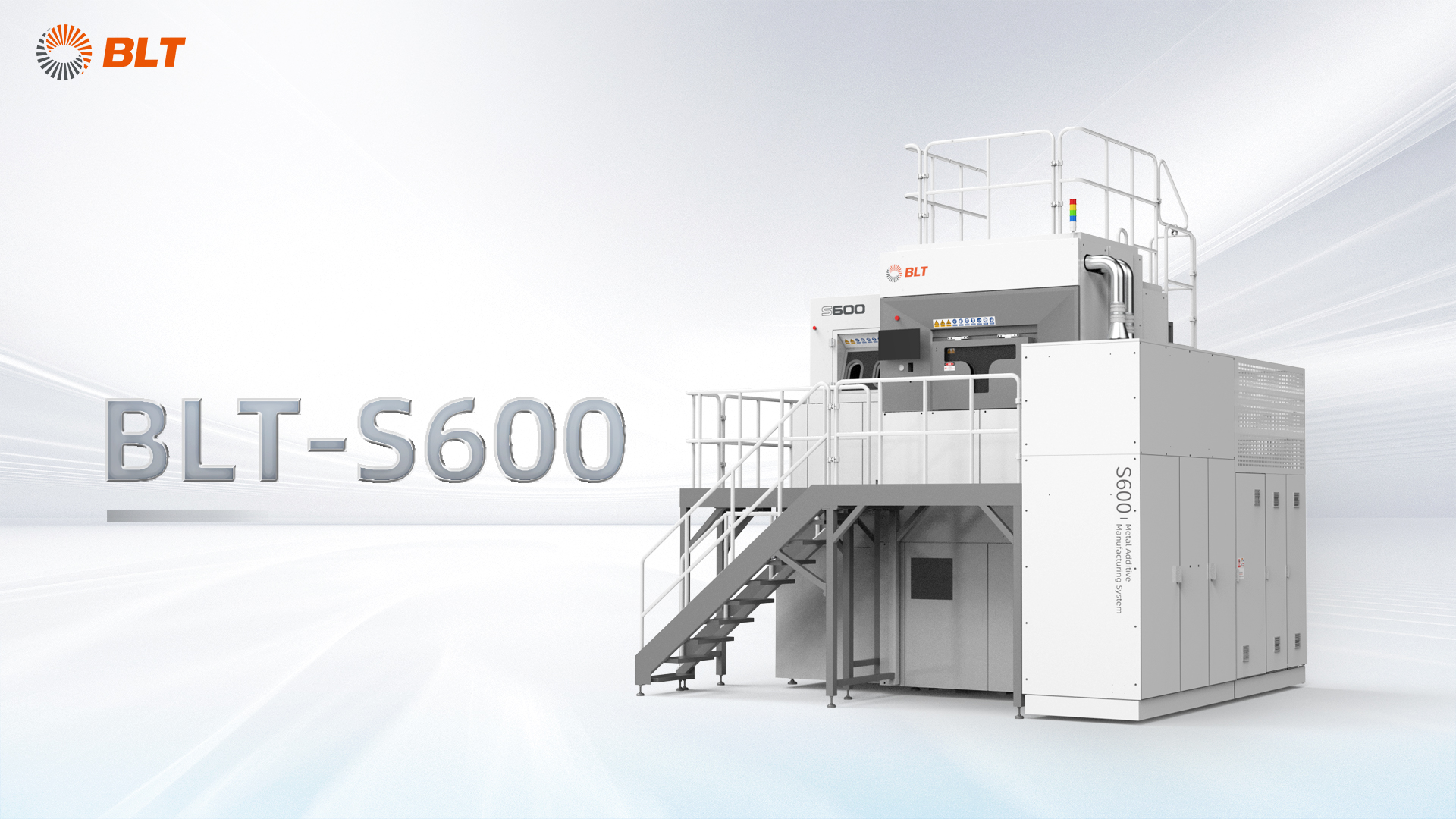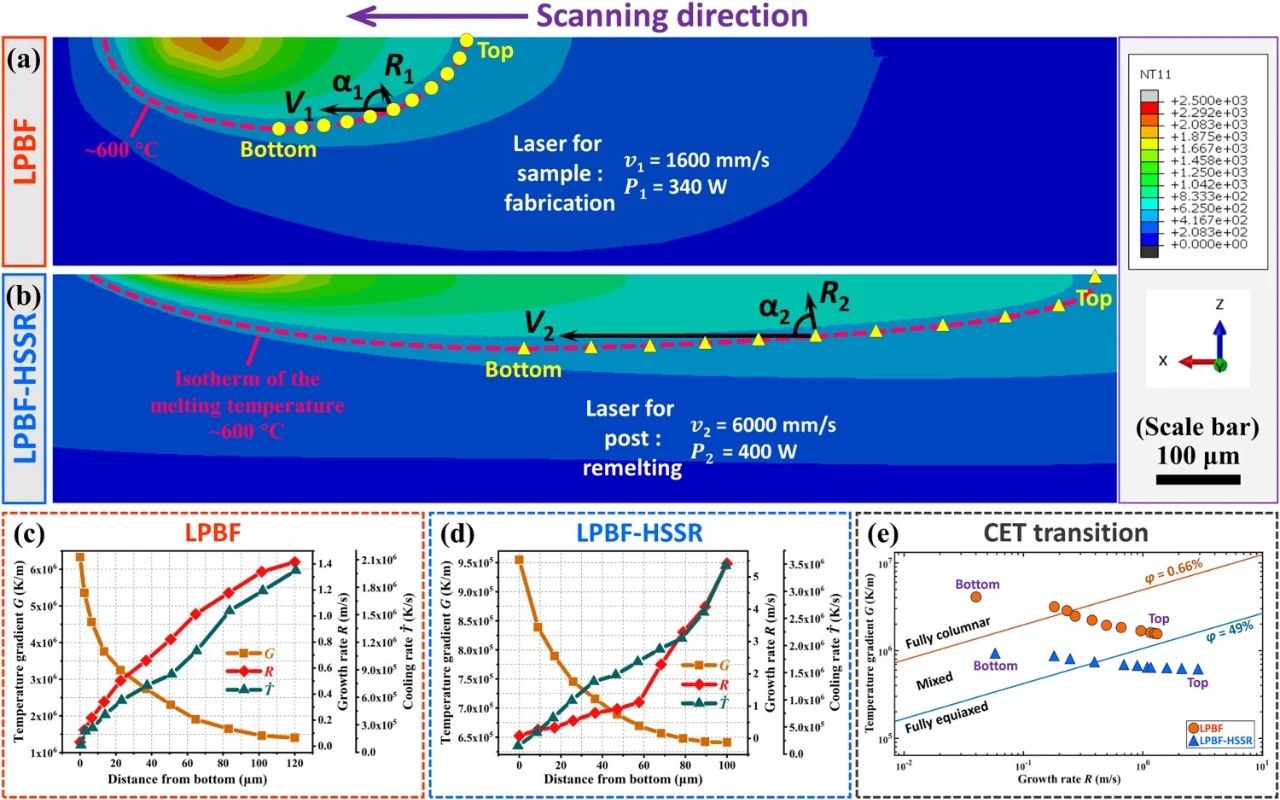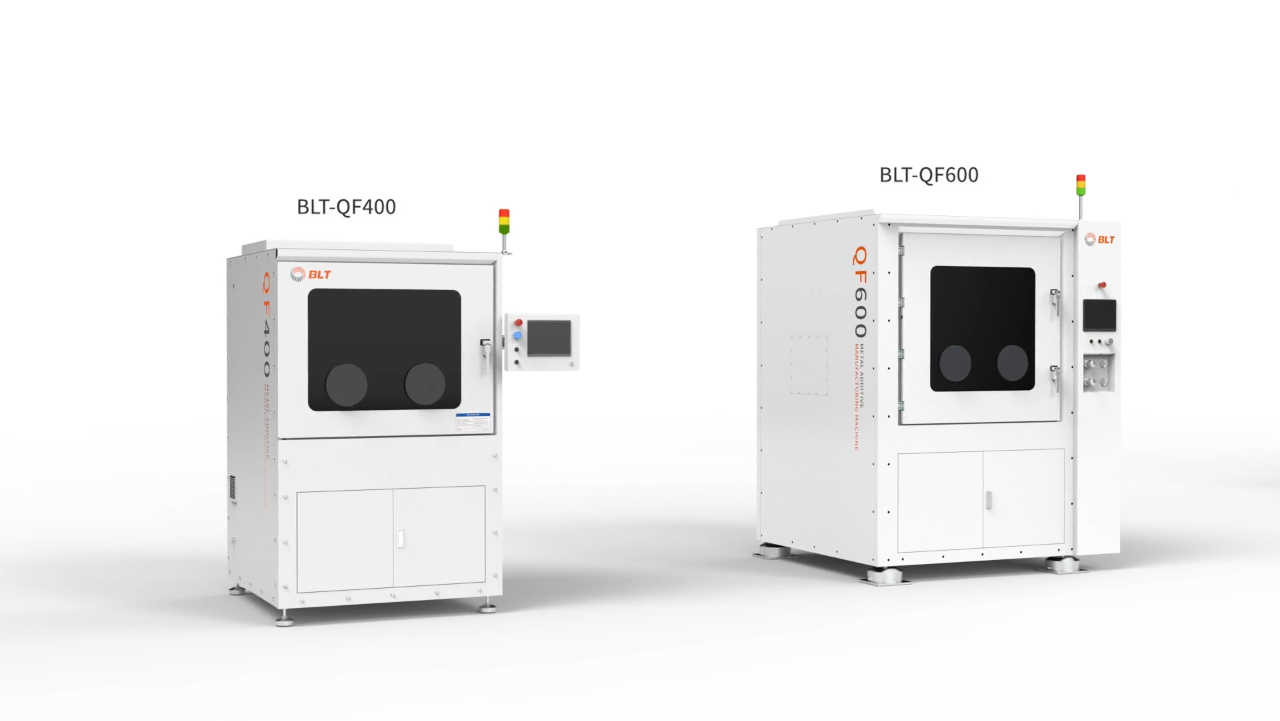Metal 3D printing technology is advantageous in manufacturing large, complex, high-temperature-resistant aerospace components. However, compared to traditional manufacturing technology, materials produced by 3D printing tend to exhibit inferior fatigue performance under cyclic loading, which limits their widespread application as structural load-bearing components. As a result, improving the fatigue performance of 3D-printed materials and components has become a critical research focus worldwide.
Recently, researchers from the Institute of Metal Research at the Chinese Academy of Sciences (IMR, CAS) made a significant breakthrough in the enhancement of the fatigue resistance of 3D-printed titanium alloys, manufacturing titanium alloy materials with high fatigue resistance, which broaden the applications of metal 3D printing in key areas such as aerospace. The study, High Fatigue Resistance in a Titanium Alloy via Near Void-Free 3D Printing, was published in Nature on February 29, marking the first Nature paper in the field of 3D printing in 2024.
The researchers discovered that in an ideal scenario, titanium alloys directly produced by 3D printing (Net-AM structures) should exhibit ultra-high fatigue resistance. However, defects such as pores generated during the printing process significantly degrade the performance. The researchers have, for the first time, discovered an asynchronous behavior between grain boundary migration, pore growth, and phase transformation in Ti-6Al-4V alloy at high temperatures. Leveraging this discovery, they developed the Net-Additive Manufacturing Process (NAMP), which allowed them to produce near-void-free, near-Net-AM Ti-6Al-4V alloys. Tests revealed that the alloy boasts excellent fatigue resistance, and comparisons showed that it not only exhibited the highest tensile fatigue strength among all titanium alloys but also demonstrated the highest specific fatigue strength across existing material fatigue data. This breakthrough opens up opportunities for wider engineering applications of metal 3D printing technology.

BLT provided machine support for the research, with researchers using BLT-S320 to produce the samples. BLT machines and systems, known for their high stability, cater to the R&D requirements of academic and scientific institutions. Notably, BLT-S320 played a key role in enabling the researchers to produce the near-void-free titanium alloy samples, confirming the feasibility and effectiveness of the research concepts and new process.

Diagram of the part produced by BLT-S320
In recent years, numerous universities and research institutions have been conducting scientific research on new processes, materials, and advanced applications of metal 3D printing. This has led to a growing and increasingly specialized demand for 3D printing technology and printers. Through sustained collaboration from scientific innovation to engineering applications, BLT has been deeply engaged in this field, providing technical support as well as its machines and systems to numerous universities and institutions. To date, BLT has delivered over 50 units of BLT-S210, empowering more than 220 universities and institutions, including CAS, to achieve numerous internationally recognized research breakthroughs.



